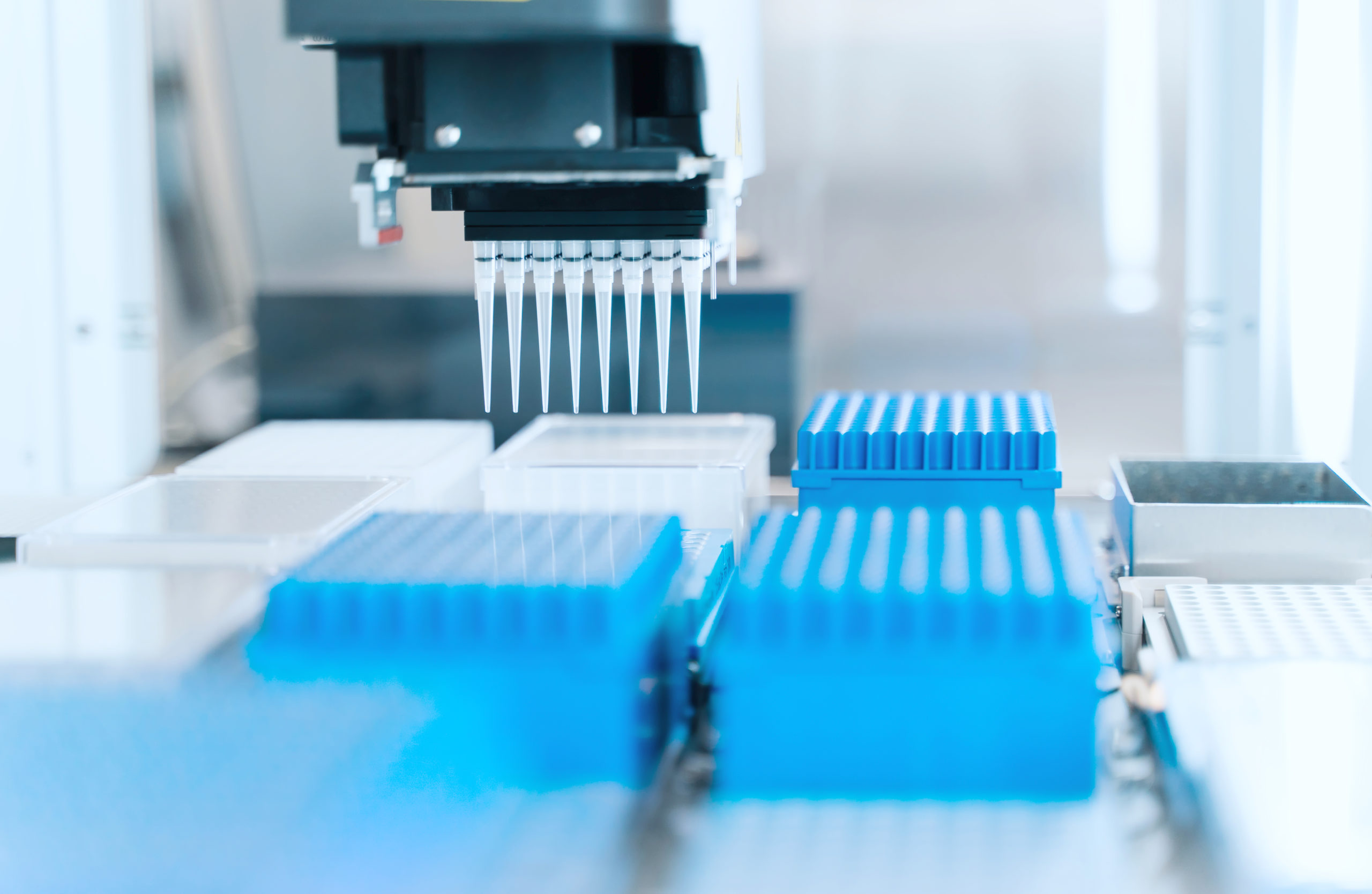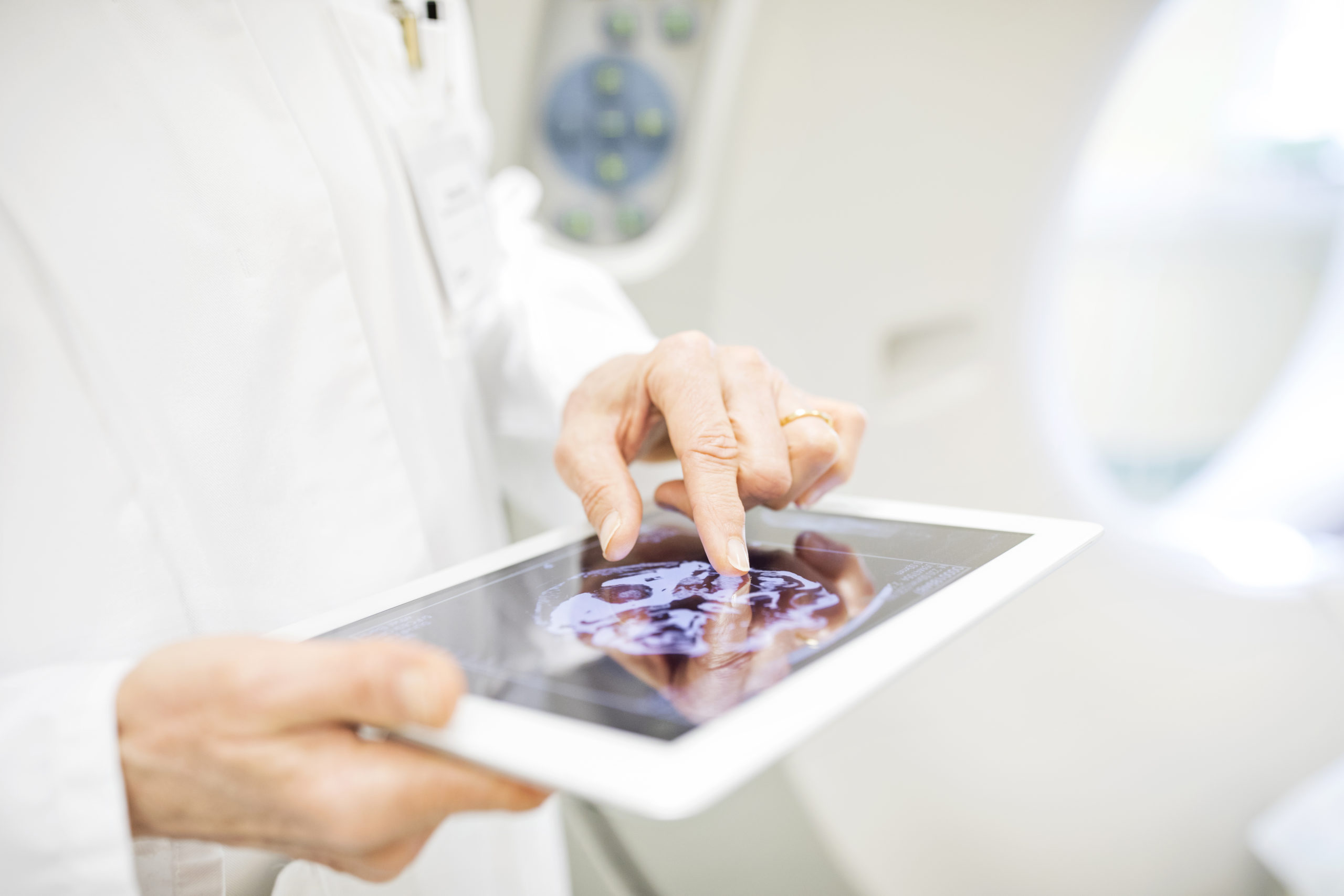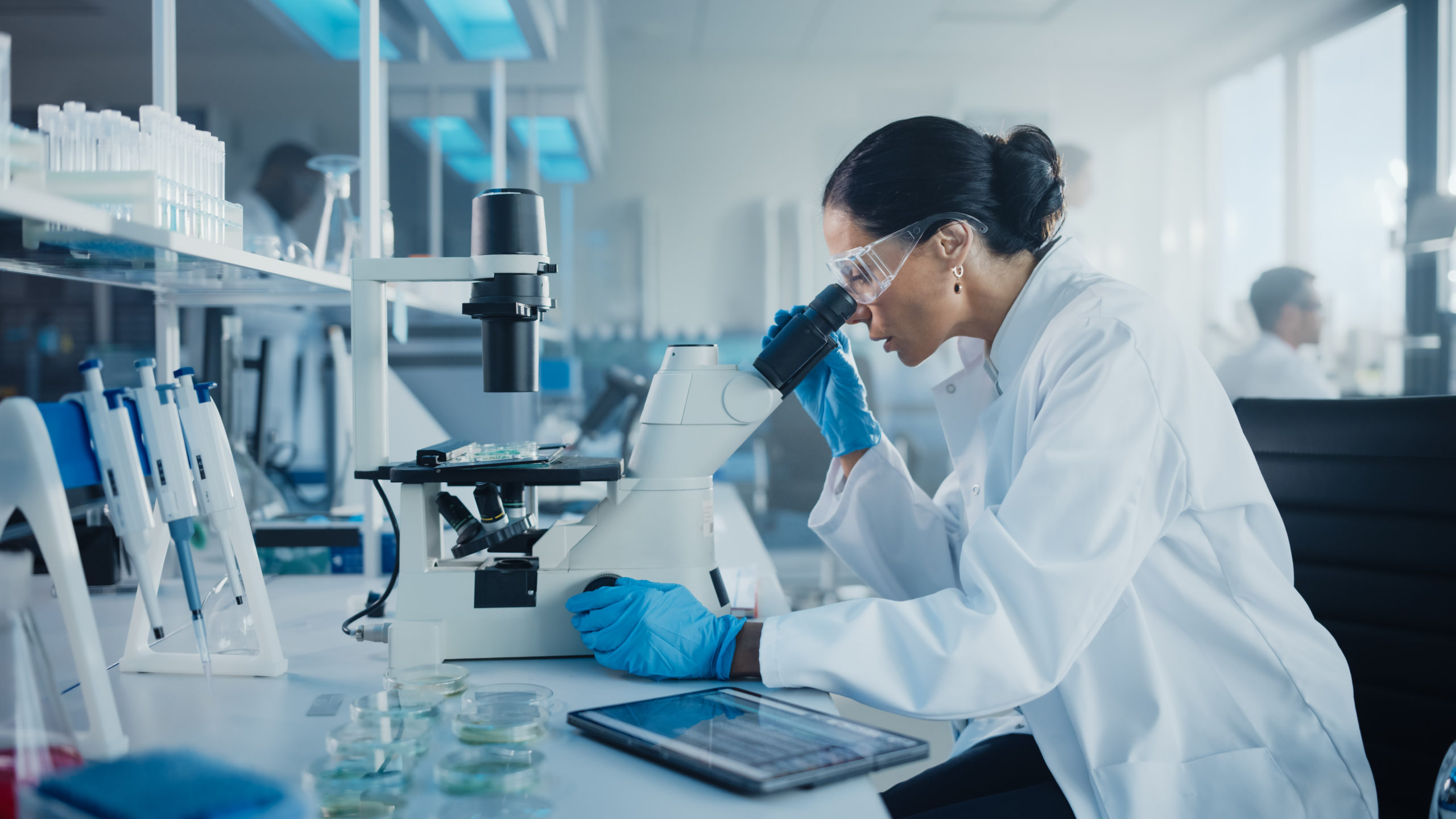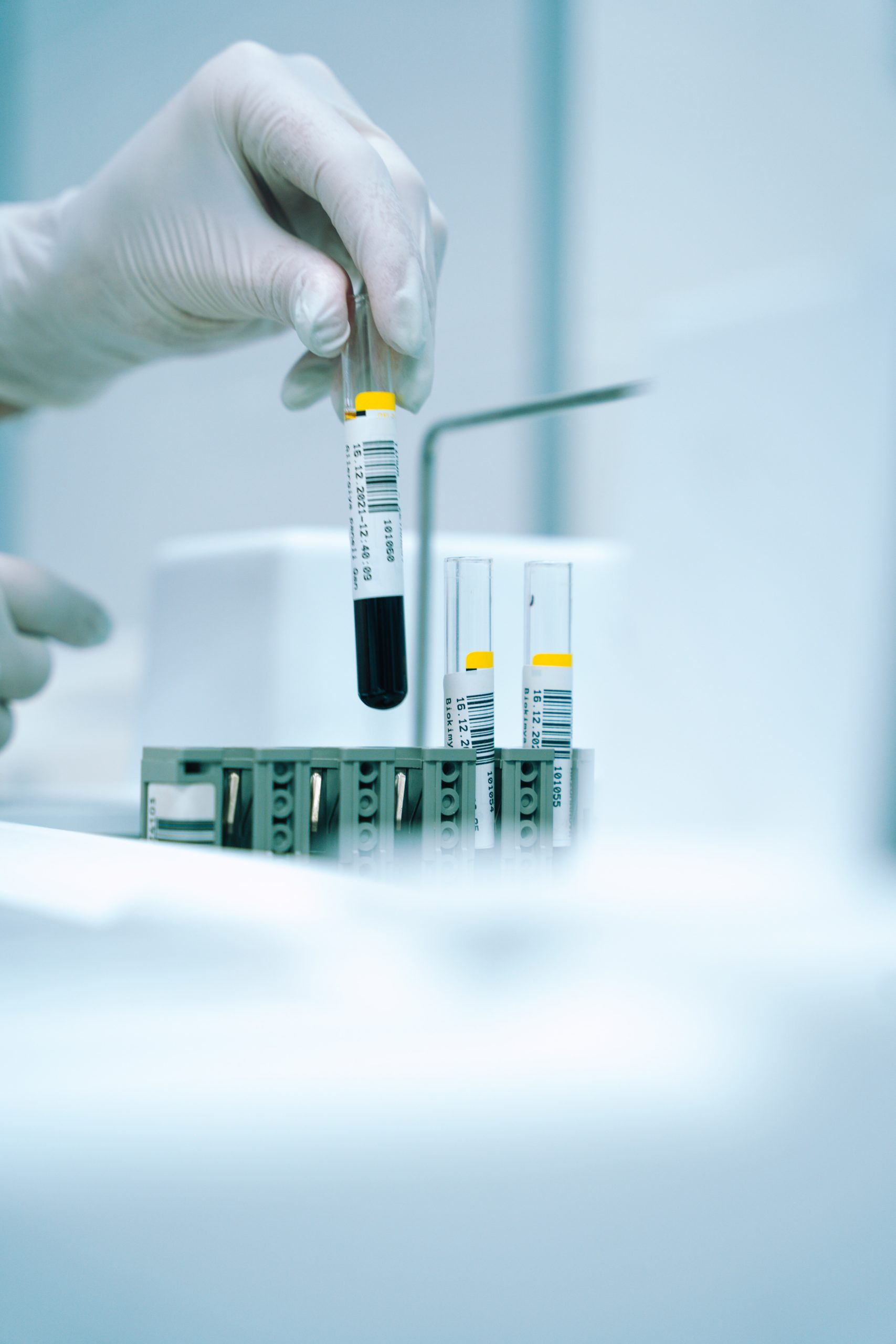Biobanks and health data registries play vital roles in medical research and public health. Biobanks are repositories that store biological samples and associated data for research purposes, facilitating the discovery of new treatments and diagnostic tools. On the other hand, health data registries are electronic databases that collect and manage health-related information about specific populations or diseases, aiding research, public health surveillance, and quality improvement.
By combining data from biobanks and health data registries, researchers gain a comprehensive understanding of health factors and develop more effective strategies for prevention, diagnosis, and treatment. Collaboration with biobanks and health data registries offers numerous benefits, such as reducing research and development costs, increasing the chances of market approval, and accessing expertise in bioinformatics and health economics. Researchers can utilize these resources for various purposes, such as risk estimation, clinical trials, precision medicine, and cost-benefit analysis.
However, it’s important to understand that accessing biobanks and health data registries often requires ethical approval, study planning, and the signing of material transfer agreements. Furthermore, collaboration should be seen as a scientific partnership rather than a mere service provider relationship, and contact with national entry points or umbrella organizations can help navigate the process effectively.
What are biobanks and health data registries?
Biobanks and health data registries are both important tools in medical research and public health. While they have some differences, they are often used together to provide a more comprehensive understanding of health and disease.
Biobanks are repositories of biological samples, such as blood, tissue, and other bodily fluids, along with associated medical data. These samples and data are collected and stored for use in medical research, including the discovery of new treatments and diagnostic tools for various diseases. Biobanks may be public or private, and they can be established by universities, hospitals, government agencies, or private companies.
Health data registries, on the other hand, are electronic databases that collect, store, and manage health-related information about a specific population or disease. These registries are typically used for research, public health surveillance, and quality improvement purposes. Health data registries can be disease-specific or population-based, and they may collect data from a variety of sources, including electronic health records, administrative databases, and public health surveillance systems.
Both biobanks and health data registries are used to improve our understanding of health and disease, identify risk factors, and develop new treatments and interventions. They can be used to identify patterns and trends in health outcomes, as well as to assess the effectiveness of treatments and interventions. By combining data from both biobanks and health data registries, researchers can gain a more comprehensive understanding of the factors that impact health and disease, and develop more effective strategies for prevention, diagnosis, and treatment.
Benefits of collaboration
By collaborating with biobanks or health data registries, you can for example:
- Reduce R&D costs by focusing on validated targets
- Increase the chance of market approval by providing genetic evidence
- Increase success of clinical trials through optimised patient selection
- Decrease time to market for therapies, e.g., expediting FDA approval by providing documented genetic evidence
- Access core facilities and expertise in bioinformatics and health economics
Project examples
Here are examples on when you can use biobanks or health data registries:
- When searching for risk estimates for genetic diseases
- When searching for information on molecular mechanism of a disease
- When carrying out molecularly stratified clinical trials
- When selecting starting points for therapies
- When working with precision medicine
- When following up healthcare outcomes
- When performing cost-benefit analysis for new products and services
- When validating new genetic tests in a specific population
- When predicting impact of new products and services
Not your ordinary service provider
Biobanks and health data registries are public entities at universities or university hospitals. They primarily exist to support academic research and see themselves as part of the academic community. Hence, it is not obvious for them to provide samples or data to companies – many even lack a commercial setup or business model that enables access by companies. However, the biobanks and health data registries listed on this website all have the possibility to provide access to companies.
Biobanks and health data registries are infrastructures for storage, management, and record keeping of samples and data. The samples and data however come from associated research groups collecting the samples and data in their work. Each research group associated with a biobank or health data registry have a person responsible for their respective sample collection. This person is called the sample or data custodian.
Since a biobank or a health data registry can contain several sample or data collections, they can be associated with several custodians and research groups. And to get access to samples or data, both the biobank (or health data registry) and the associated custodian need to approve access.
As a company, you should see the biobank or health data registry as a scientific partner or collaborator rather than a service provider. The more scientifically interesting the custodian think your project is, the more likely it is that you will get access.
Contact points
In most countries, there is one national entry point, or umbrella organization, who provides information on local biobanks and health data registries. These can help you find suitable biobanks, registries, or sample owners to contact. To obtain access to samples, sample collection owners should be contacted.
Ethical application
To obtain access to biobank samples and health data sets, an approved ethical application is required. This process can take several months and is slightly different from country to country.
Study plan
Access to samples and data is not free of charge as there are direct costs for biobanks and data registries. To agree on a price, a detailed study plan providing a clear overview of required samples and data sets is required.
Material Transfer Agreement (MTA)
Before any sample can be delivered, an MTA must be signed. The MTA regulates how the recipient may handle samples and how samples must be handled when they are no longer needed for the purpose for which they were sent. Biobanks provide templates for the MTA.
Existing sample data
In some biobanks, the samples are already analysed. It is therefore possible, in some cases, to obtain omics analysis data along with the samples. Sample data may include genome data, NMR data, clinical biochemistry results and such.
If the biobank cannot provide previously produced data and you need to start from biological samples, we recommend involving core facility services at the biobank, such as bioinformatics or imaging, to obtain data from the samples.
Combining data
Health data from registries is usually not personalised. So, if you apply for biological sample data and health data separately, it will be complicated to combine these datasets. One way forward here is to link health data and sample data via personal code in secured way that protect participants’ rights.
For that purpose, many biobanks are already linked directly with national health registries. In that way, heath data and omics data can be combined on an individual but anonymous level. It provides a quick overview of the disease and treatment history of sample donors for discovering new biomarkers for diseases.
Data analyst expertise
If you do not have data analysis expertise in your team, one option is to engage EIT Health community universities to use their expertise on biostatistics and bioinformatics. Some biobanks have strong science teams themselves that can provide expertise for new R&D activities. Some biobanks even have already existing algorithms for disease risk prediction.
Cost benefit analysis
Cost benefit analysis is a pre-requisite for a new product or service to be reimbursed. When looking for health data for this kind of studies, we recommend collaborating with local health economists. Registries are often communicating in local language, and the local experts know better how to navigate quickly through the process.
One should be aware that cost-benefit analysis and market size analysis do not require personalised data.
Terminology
Terminology varies between countries. In Sweden, the term “quality registers” is used, while “health registers” is used in other places.





